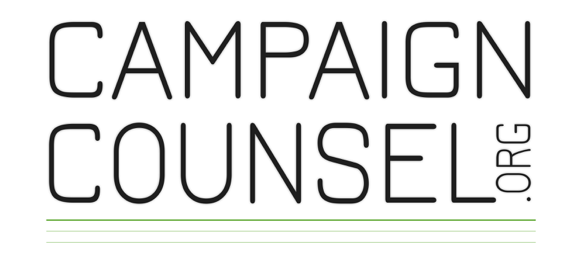Philanthropy: Is There a Magic Elixir?
It wasn’t long ago that the sciences included alchemy. The goal of this precursor to chemistry was to transform matter from one state into another. For example, the alchemist might attempt to devise a magical elixir to transform a base metal like lead into a precious metal like gold. Today we view this notion as silly. But I see a beauty in alchemy’s relationship to philanthropy.
Let me begin this exploration of alchemy in philanthropy with a simple premise: everything has a lifecycle… everything. Some are long, like a galaxy, while others are short, like a fruit fly. Next time you’re outside, pick up a rock, any rock, and imagine it to be a diamond. Truth is, your imagination might not be far off. The rock in your hand may have been or might yet become a diamond. Its potential is only limited by time and environment. In other words, its potential is limited by its lifecycle.
Like rocks, the human lifecycle is measured in phases: infant, toddler, preschooler, etc. We learn to walk as toddlers; we begin to socialize as preschoolers; and later during our adult and old-age phases, we develop the potential to become philanthropic.
Potential is underlined because I believe only a small percentage of people, maybe 20-30%, are truly philanthropic. Let me explain. A Girl Scout selling cookies knocks on my door and I buy a box of Thin Mints (which I promptly hide in the freezer). This exchange is good for the Girl Scouts – it supports their mission – but it is not, in my opinion, true philanthropy. It is motivated by the exchange of money for products. When I bought the cookies, I wasn’t motivated by the Girl Scouts’ mission. I was motivated by those delicious frozen Thin Mints, and how I would keep them hidden from our kids.
I believe true philanthropy is when someone makes a personally significant gift to a nonprofit primarily because they want to assist in the fulfillment of its mission. Unlike the previous exchange, money for mints, this one is money for mission, which focuses on the betterment of the nonprofit, and thereby the community, rather than the betterment of the donor (and maybe the nonprofit).
If we were to attempt alchemy in philanthropy, we might search for a magical elixir to transform a selfish adolescent – a phase that I spent a lot of time in – into a benevolent adult. Good luck with that, although I have met some amazing young philanthropists! A more practical form of alchemic philanthropy would be to concoct an elixir that transforms the large population of money-for-mints donors into money-for-mission donors. That elixir would make our jobs so much easier! But that’s still a silly notion, right?
Well, yes and no. Our team has partnered with more than 100 nonprofits over the past twenty years. And believe it or not, some were practicing a form of alchemic philanthropy when we first met. They were sprinkling impersonal elixirs like special events, direct marketing, website or social media announcements on to their current and potential donors hoping to create one or two super-duper generous mega donors. Do you want to know how many times we’ve seen that work? Zero. But let’s not completely dismiss alchemic philanthropy just yet. Maybe there’s still something to it… something beautiful.
Before I get to that, let’s do a quick review.
Everything has a lifecycle (galaxies to fruit flies).
Lifecycles are limited by time and environment.
Alchemy was an attempt to shortcut lifecycles (lead to gold).
Given enough time and the right environment(s), a small percentage of people have the potential to become true philanthropists.
Even though alchemy doesn’t shortcut lifecycles, we should still practice it. We should continually sprinkle thoughtful elixirs like handwritten notes, private conversations with no giving agendas, or heartfelt praises on to our current and potential donors. We do this with everyone. We don’t judge their capacity, their history, or their interests. We don’t look at anyone as a rock. We imagine them and treat them as diamonds.
This is not poetic idealism. It is our company’s practice, every day. We do it by serving large, well-established nonprofits as well as small, hyperlocal ones because every organization can benefit from expert counsel. We do it in our capital campaign planning processes by not limiting the length of our Campaign Planning Studies or number of interviews we conduct because doing so limits our clients’ fundraising capacities. We do it in our capital campaign management through trainings and strategy sessions that prioritize professionalism and inclusiveness because doing so creates an atmosphere of abundance.
We do it because we genuinely love serving nonprofits. We love their optimism. We love their courage (and their fears). We love that regardless their size, their genre of work, or the fundraising experience of their leadership, we know that their leaders and ours share a common mission: to recognize and/or preserve the highest potential of individuals and of organizations.
Learn more about our process in our Guide to Capital Campaigns. Or contact us to set up a call.
Kevin Wallace is president of CampaignCounsel.org.







